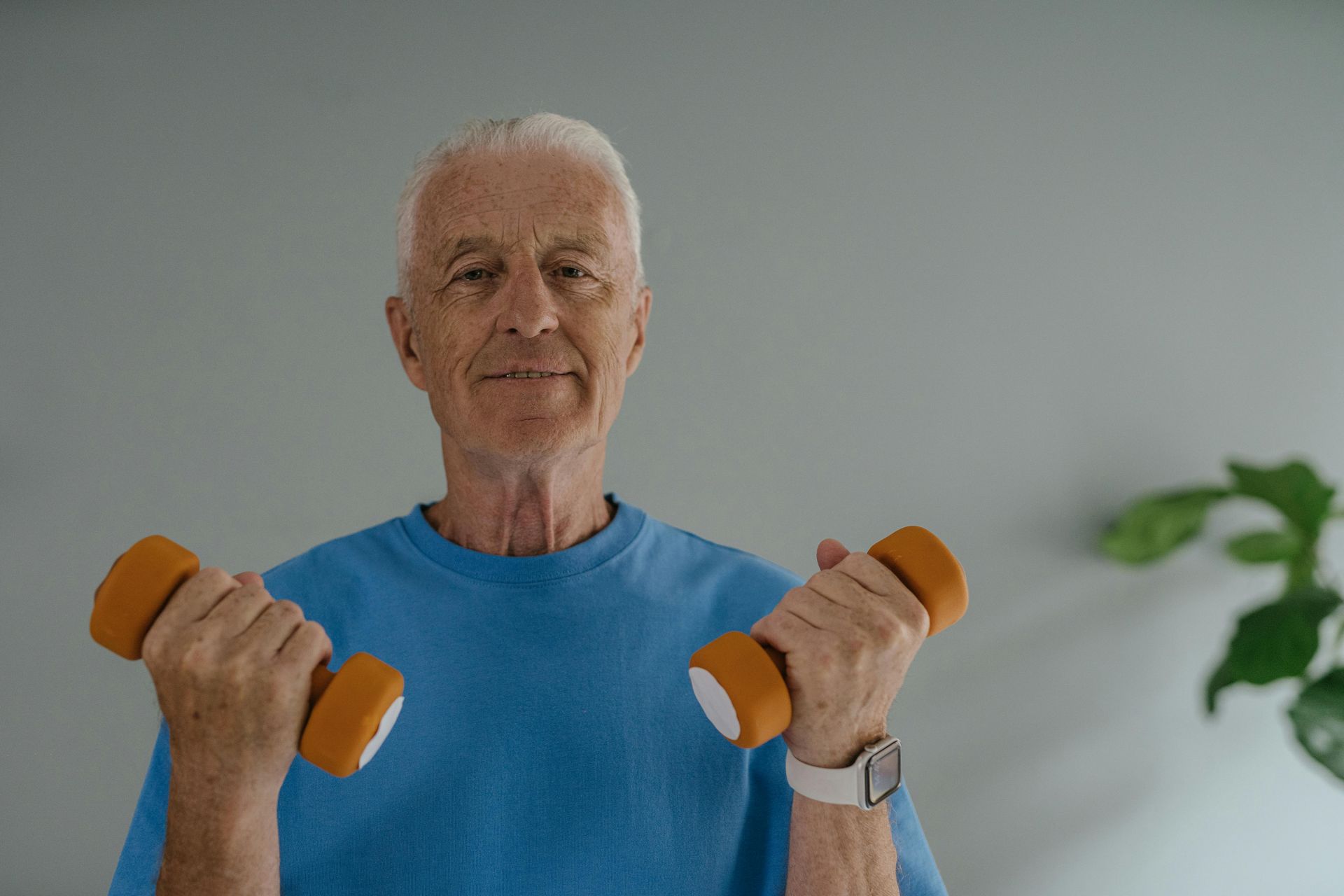The Fitness Fallacy: Why More Exercise Doesn’t Always Mean Better Health
For years, I believed in the grind. Push harder. Train more. Rest is for the weak—or at least, for people with less discipline. And to be fair, that mindset served me well for a while. I was a competitive swimmer, often training five or more hours a day, rarely taking a full day off. My body handled it. My mind thrived on the structure. But here's the thing: just because something worked once doesn’t mean it still works. And just because you can doesn’t always mean you should.
There’s been an ongoing debate in fitness circles about “overtraining.” Some argue it’s largely a myth, that the average person isn’t putting in nearly enough volume or intensity to reach a true state of overtraining. They’ll point to athletes like LeBron James or Cristiano Ronaldo who train daily, intensely, and seemingly without burnout. But here’s what often gets left out of that comparison: those athletes recover like it’s their full-time job. Because it is.
They’re not squeezing in workouts before a full workday or sneaking in a gym session between dinner and bedtime stories. They’re napping mid-afternoon, getting massages and cryotherapy, dialing in every calorie they consume, and sleeping like royalty. They push hard, yes—but they recover even harder. Their volume is high, but so is their recovery ratio.
That’s the part that most of us miss.
It’s not always that you’re overtraining—it’s that you’re under-recovered. Your body can probably handle more than you think. The human body is remarkably adaptable. But recovery isn’t just something that happens in the background. It takes time, attention, intention. And for many of us, those are in short supply.
Take me. After retiring from competitive swimming, I didn’t stop training. In fact, for about nine years, I didn’t take a single day off. Not one. I was still chasing that familiar feeling of discipline, of motion, of “doing the work.” But I wasn’t 20 anymore. I wasn’t living in a dorm with someone else handling my food. I had a company to build, a daughter to raise, boards to serve, people counting on me in ways I couldn’t have imagined when swimming was the center of my life.
And yet, I kept training like it was. Until it finally hit me: I wasn’t overdoing the workouts—I was under-doing the recovery. The way I had allocated time made sense back then. It didn’t anymore.
So I made a shift. Not by stopping my training, but by rebalancing the equation. I realized that for this season of life, some of the time and energy I’d been pouring into fitness needed to be rerouted toward recovery. That meant listening to my body when it asked for a break. That meant recognizing that mental and emotional fatigue mattered, too. That meant getting real about how much of myself I was spending outside the gym—so I could be smarter about what I asked of myself inside it.
This isn’t just about me. It’s a lesson I think more people need to hear. We’re told to push. To grind. To get one more rep, one more mile, one more class. But we’re rarely told to check in with what season of life we’re in. Or to adjust our expectations accordingly.
Maybe you’re a new parent who’s barely sleeping. Maybe you’re managing a business, or caring for aging parents, or just juggling life at full tilt. In those moments, it’s not about giving up on fitness—it’s about redefining what health looks like. Because let’s be honest: if you’re running yourself into the ground with workouts and then crashing through the rest of your day, that’s not fitness. That’s just another form of burnout.
Instead, start thinking about your recovery ratio. How much effort are you putting into repairing what you’re tearing down? Are you sleeping enough? Eating to support your energy? Taking rest days seriously, or just using them to catch up on all the other things? Are you ever still?
If the answer is no, then it doesn’t really matter how “reasonable” your workout volume seems on paper. Your body doesn’t operate on spreadsheets. It operates on rhythm—on stress followed by rest. If you’re constantly adding stress without ever refilling the tank, even the lightest load eventually becomes too much.
So what do we do?
Start by reframing recovery as part of your training—not the absence of it. Build your week with intentionality. That might mean a full rest day. Or it might mean active recovery: walking, stretching, easy movement that restores instead of depletes. Treat sleep like a training session. Protect it. Prioritize it. And give yourself permission to adjust your intensity based on what the rest of your life looks like.
Track your recovery the same way you track your lifts or your runs. Note your mood, your energy, your motivation. These things are data, too. And sometimes the best metric of progress isn’t how much more you can do—but how much better you feel doing it.
For me, finding that healthier rhythm didn’t mean training less—it meant training smarter. It meant remembering that fitness is supposed to support my life, not compete with it. It’s a lesson I learned the hard way, but one I hope others can adopt with a little more grace.
At the end of the day, more isn’t always better. Better is better. So yes, your body can probably handle more. But can your life? That’s the real question.
And if the answer is no, maybe it’s time to do the radical thing.
Maybe it’s time to rest.











